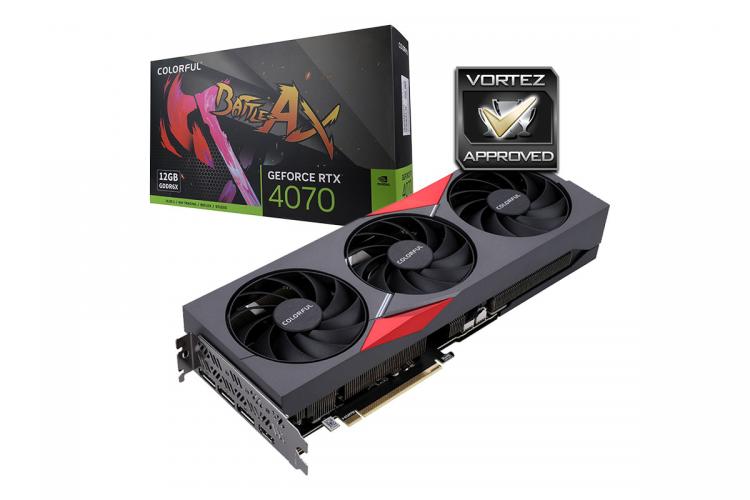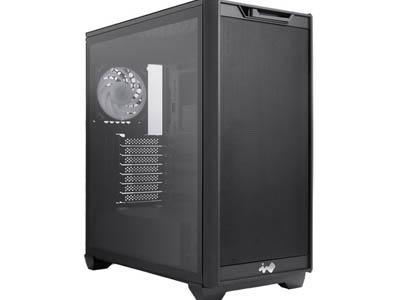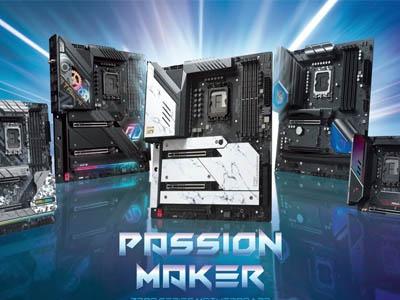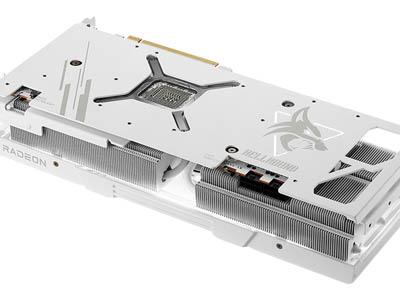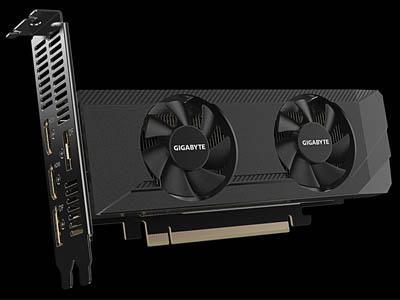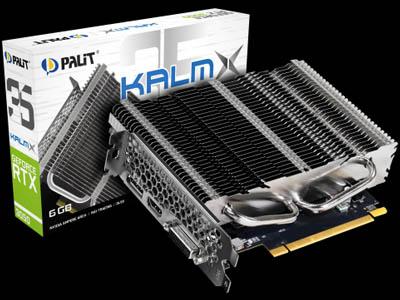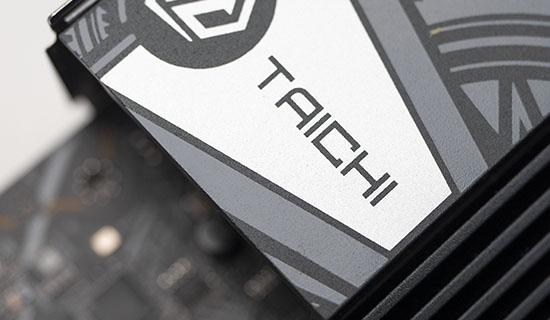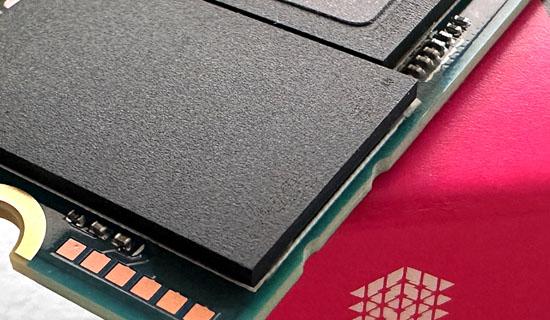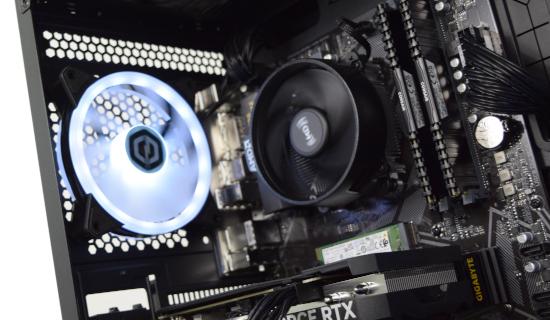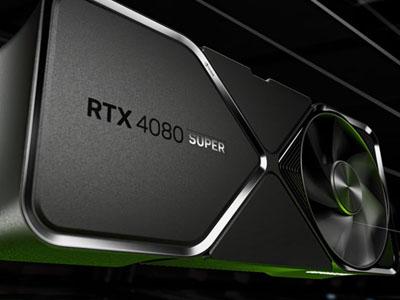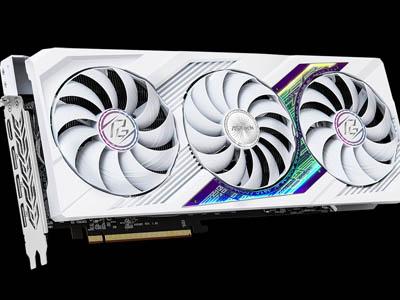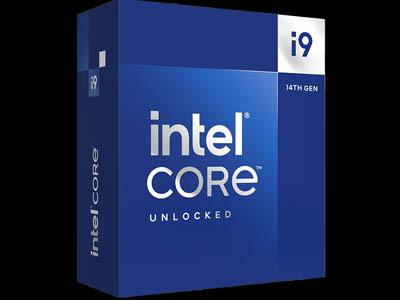When assessing the quality and value of a graphics card itís important to cut through the frustration and noise of the market to give an informed and justified opinion, and the market hasnít been this divisive since cryptocurrency miners were vacuuming up almost every performance GPU under the sun. At least then consumers could point to the miners as having the lionís share of the blame for high prices; today itís GPU manufacturers and their partners who face their ire as gamers lament that PC gaming is becoming increasingly unaffordable. Everyone needs a big win that cultivates some level of positivity, but can NVIDIAís GeForce RTX 4070 be the next GTX 970? In a word: No. But itís close.
A pithy summation would be as follows: the GeForce RTX 4070 is RTX 3080 10GB performance for 3070Ti money. Moreover, that would be worryingly apt if initial pricing had held firm. Few models would have been available at the $589 MSRP, the vast majority selling for well over $650 instead. Swift price cuts on the back of weak demand at launch saw many partner SKUs selling well below the MSRP, with some retailers also leveraging cashback and voucher deals to get the card out of the door. There was a certain whiff of desperation about the whole debacle, an odour that barely dissipated in the intervening weeks.
Those hoping for the sort of generational leap from 30-series to 40-series as exhibited from 20-30 will be disappointed. Whereas the RTX 3070 ate the 2080Ti for breakfast in many scenarios, the RTX 4070 is merely nip and tuck with the 3080 10GB a full 30 months after the latterís release. The two can barely be separated in synthetic tests, while in-game the new card is surpassed by its antecedent chiefly when resolutions push past 1440p.
Results underscore the reality that, despite boasting 12GB of GDDR6X VRAM, itís still primarily a 1440p class of card. With the exception of games equipped to support DLSS 3.0 itís simply not 4K gaming hardware, but will satisfy the majority who play at 1080p/1440p with high (>60) GSYNCíd frame rates.
We should also raise the huge performance disparity between the RTX 4070 and its Ti counterpart thatís inferred by the large step down in SM count. Where we might have expected a half-tier differential, the RTX 4070 Ti is in many instances performing far closer to the RTX 4080 than its junior sibling. This poses a problem for Ďpremiumí RTX 4070ís that encroach on the MSRP of the 4070Ti, and further explains the downward price pressure on the more affordable card.
Power efficiency is really where the new architecture and manufacturing process node bears fruit. This card is considerably less thirsty than the RTX 3080 under typical gaming loads, reducing average consumption by as much as a third. If youíre a fan of long gaming sessions, and live in one of the many nations with historically high energy prices, then itís absolutely an aspect of the card you should factor into your purchasing decisions.
This particular example, the Colorful RTX 4070 NB EX-V, is a solid if unremarkable entrant in the range. It benefits significantly from the oversized triple-fan cooler for both idle and load temperatures - even if it is a little more difficult to accommodate inside standard chassis than many of its peers would be - but its aesthetics are close to a Ďno frillsí experience. Ironically itís anything but colourful - you get some red highlighting and an illuminated logo, but thatís about it. Terrific if you have a relatively restrained red/black system colour-scheme or little interest in how the card looks, but perhaps disappointing for those who expect more bling for their money.
Itís clear who should be eyeing up the RTX 4070 as a potential upgrade. The RTX 3070 and 3080 are too close to the new card, but any GPU in the 20-series and older would see a meaningful improvement in gaming experience by transitioning to this new GPU. Similarly, those with AMD GPUs from the RX 5000-series would benefit greatly, while the 6000-series have held up well enough. Indeed, price-dropped RX 6950 cards in certain regions might pose something of a problem for the RTX 4070 if the user predominantly plays only very lightly ray-traced games.
The continued development of DLSS as an AI-upscaling technology swings the pendulum back towards NVIDIA. DLSS 3.0 is a powerful tool for gaming outside of the cutting-edge competitive scene (where the additional latency is too bitter of a pill to swallow) that will serve to paper over the cracks of poor developer optimisation or gaming at resolutions that are beyond the conventional capabilities of the GPU. If VRAM requirements continue to increase at even 1080p among the next generation of games then upscaling technologies within the mid-tier will become ever-more important in the next few years.
Other technologies that leverage the unique architectural capabilities of NVIDIAís hardware, such as real-time AV1 encoding or AI-enhanced in-browser video upscaling, are more niche but potentially even more important for those who fit within that niche. Itís frustrating that some of these technologies are being restricted to premium GPUs, where they would make the largest impact in the Ďaffordableí mainstream.
NVIDIAís GeForce RTX 4070 is a compromise design that could have been compromised by a heavy-handed MSRP. Performance is on-par with the RTX 3080 10GB, while power efficiency enjoys a strong generational improvement. Prime targets will be those upgrading from the RTX 20-series and AMDís RX 5000-series or older, and deals pushing the series below its $589 / £589 / AUS$1090 make it much more compelling that it would be otherwise. Colorfulís RTX 4070 NB EX-V is a fine member of the series if it can be found near to the series MSRP thanks to a well-specced cooling solution, but limited availability outside of Asia-Pacific makes it more indicative of the series overall rather than a card to aspire to.
Pros
+ Attractive design
+ Minimal LED lighting
+ Excellent cooling performance
+ Low-noise operation
+ Zero decibel technology
Cons
- Pricey for a 1440p card
+ Attractive design
+ Minimal LED lighting
+ Excellent cooling performance
+ Low-noise operation
+ Zero decibel technology
Cons
- Pricey for a 1440p card
Click here for an explanation of our awards at Vortez.net.
Stay connected with the Vortez Social Media pages:
Join in with the discussions on Discord

